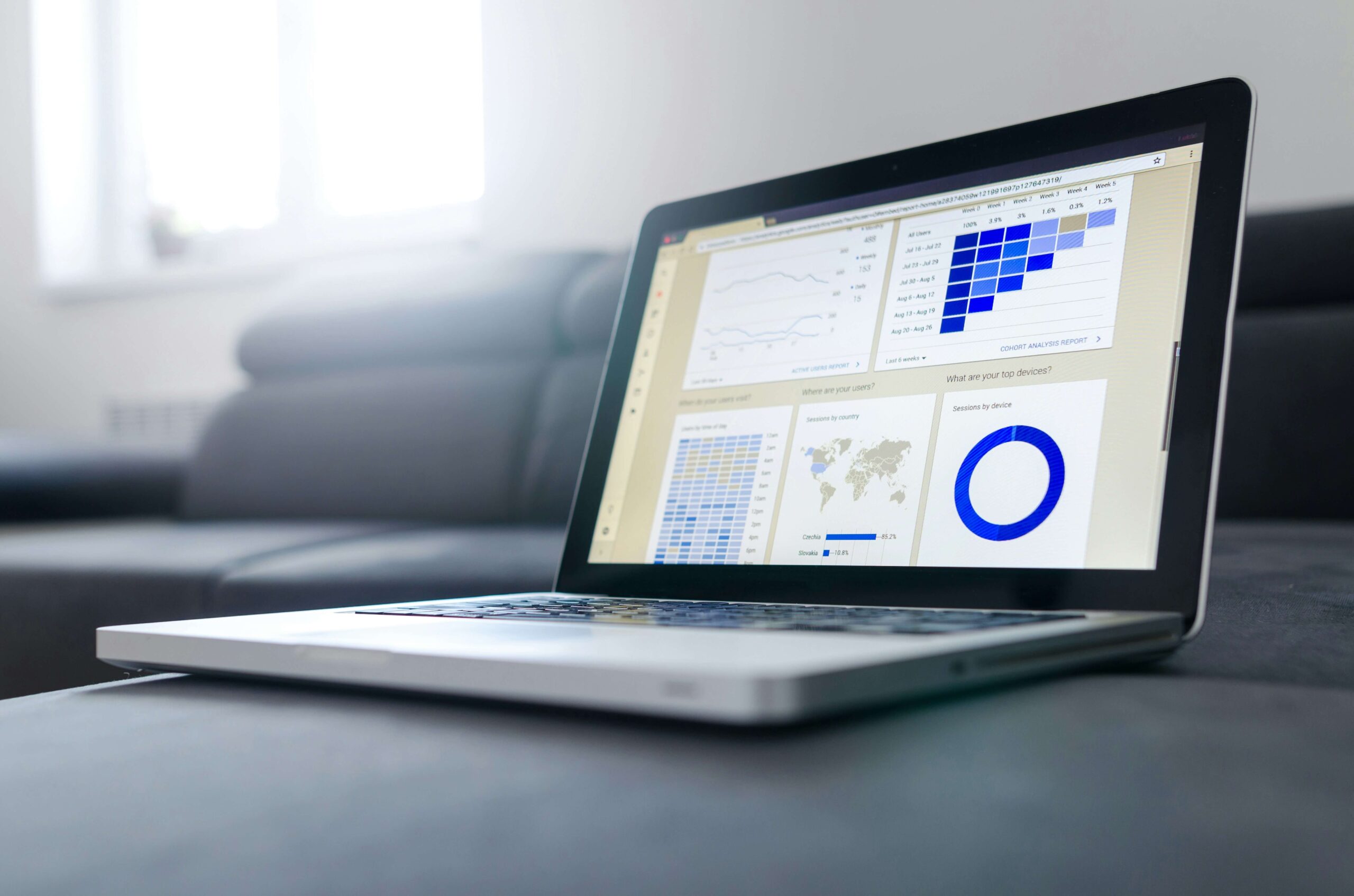Leveraging Predictive Analytics in Digital Marketing
In the dynamic world of digital marketing, staying ahead of the curve is no longer just an advantage; it’s a necessity. As consumer behaviors evolve and information spreads at lightning speed, brands face an unprecedented challenge in anticipating future shifts in public sentiment. This is where predictive analytics emerges as an indispensable tool, transforming reactive strategies into proactive foresight.
Marketers can now use large datasets and advanced algorithms to predict how consumers will react, rather than just reporting what happened. They can identify emerging conversations and even preempt potential crises before they escalate.
In this article, we will explore how marketers can utilize predictive analytics to forecast public sentiment and mitigate brand risk.
The Evolution of Marketing Intelligence
For decades, marketing intelligence relied heavily on historical data and qualitative research. Professionals reviewed past sales figures, conducted focus groups, and analyzed survey responses to gain insight into what had already occurred. While valuable, this approach inherently limited our ability to prepare for what lay ahead.
The advent of big data and advanced computational power has radically altered this landscape. Today, digital marketers have access to an incredible volume of information, from social media conversations to search queries. The real value isn’t just gathering data, but understanding it to predict what will happen next.
Predictive analytics uses statistics and machine learning to find patterns and probabilities in this data. This offers a glimpse into what consumers might think, feel, or do next.
Research published in Scientific Research highlights how predictive modeling, a key component of predictive analytics, is increasingly optimizing campaign strategies.
It does so by analyzing past performance to predict how audiences will exhibit future-specific behaviors. The study also concluded that utilizing predictive modeling helps improve campaign performance metrics, such as ROI, customer lifetime value, response rates, etc.
Harnessing Data for Proactive Risk Management
A key way predictive analytics is used in digital marketing is to foresee potential risks to a brand and public opinion. In an era where a single misstep can spark a social media firestorm, understanding and anticipating negative perceptions is crucial.
Consider the intricate web of public discussions surrounding pharmaceuticals and health-related issues. The public’s perception of legal systems and specific litigations is often heavily influenced by media framing and the narratives presented. The Depo Provera issue, for instance, generated extensive public discourse and media attention.
According to TorHoerman Law, Depo Provera is a hormonal contraceptive injection that has been linked with health complications. Although it is effective at preventing unwanted pregnancy, it is linked to the development of brain tumors. It was found that women using the injection for over a year are 5.6 times more likely to develop intracranial meningiomas.
When this scientific study came out, many victims filed a Depo Provera brain tumor lawsuit to seek accountability from the manufacturer. In such crisis events, marketers can utilize historical data to develop resilient communication strategies.
They can anticipate potential backlash and prepare measured responses rather than reacting in the heat of a crisis. This proactive stance ensures that brands can mitigate damage, maintain transparency, and ultimately preserve their hard-earned credibility.
Maintaining this credibility is a growing imperative in today’s market. According to the World Economic Forum’s 2024 report, the market is becoming more unpredictable globally. In fact, 54% of those surveyed expect some instability and a moderate risk of global catastrophes in 2024.
Beyond Crisis: Forecasting Consumer Behavior and Market Trends
While risk management is a vital component, predictive analytics also empowers marketers to forecast broader consumer behaviors and identify nascent market trends. By analyzing search patterns, trending topics on social media, and shifts in content consumption, brands can accurately predict:
- Which products or services will gain traction
- What features will consumers demand
- How advertising messages will resonate
This ability helps with more accurate targeting, personalized content, and better campaign results. Imagine being able to predict the next big TikTok trend or the sudden surge in interest for a particular eco-friendly product. This level of foresight provides an invaluable competitive edge, enabling brands to allocate resources more efficiently and capitalize on emerging opportunities.
The Role of AI and Machine Learning
Artificial intelligence (AI) and machine learning (ML) are central to today’s predictive analytics. These technologies enable the processing of vast, unstructured datasets, such as natural language from social media posts or images from online reviews. This helps reveal subtle patterns that people couldn’t find on their own.
Machine learning algorithms improve their predictions over time by learning from past data. This iterative learning process means that the predictive models become more innovative and more precise over time. Thus, they can offer increasingly reliable insights into public sentiment and potential brand vulnerabilities.
From sentiment analysis to anomaly detection, AI-powered predictive tools are revolutionizing how brands understand and respond to the digital landscape. However, the adoption of AI in digital marketing also presents challenges.
One of the biggest challenges is the potential for bias. Therefore, it requires careful consideration and the development of robust analytical frameworks for mitigation. An MDPI study states that mitigating bias can help overcome current challenges related to transparency and authenticity.
Frequently Asked Questions
What data fuels predictive analytics?
Effective predictive analytics hinges on a diverse range of data. This includes historical campaign performance metrics, customer demographics, behavioral data, social media sentiment, search query trends, etc. The more comprehensive, integrated, and clean the data, the more accurate and insightful the predictions will be.
What are common implementation hurdles?
Beyond addressing potential data bias, companies frequently encounter significant challenges, such as data silos. This makes it difficult to integrate disparate information sources across departments. There’s also the inherent complexity of identifying truly relevant signals amidst vast amounts of digital noise. Furthermore, securing organizational buy-in and defining clear, measurable objectives can often prove to be significant hurdles.
How can SMBs use predictive analytics?
SMBs can start by focusing on specific, high-impact areas where data is readily available, such as predicting customer churn or optimizing ad spend. They can utilize more accessible, often cloud-based tools with built-in AI capabilities or explore simplified predictive features within their existing marketing platforms. Collaborating with specialized digital marketing agencies that offer data-driven services can also provide a cost-effective entry point.
Predictive analytics has ushered in a new era for digital marketing, fundamentally transforming how brands navigate the complexities of the online world. Marketers now wield the power to anticipate future trends, forecast shifts in public sentiment, and proactively mitigate brand risks.
Businesses can stop guessing by using large datasets and the advanced capabilities of AI and machine learning. They can craft strategies that are more precise, personalized, and remarkably resilient in the face of unforeseen challenges. Embracing this foresight is no longer a luxury but a strategic imperative, empowering brands to build stronger connections with their audience.




